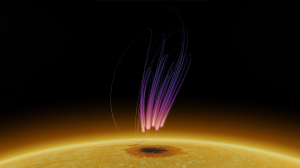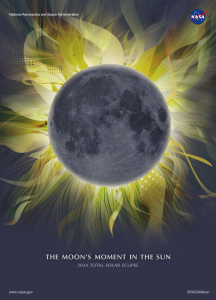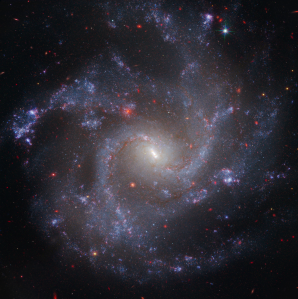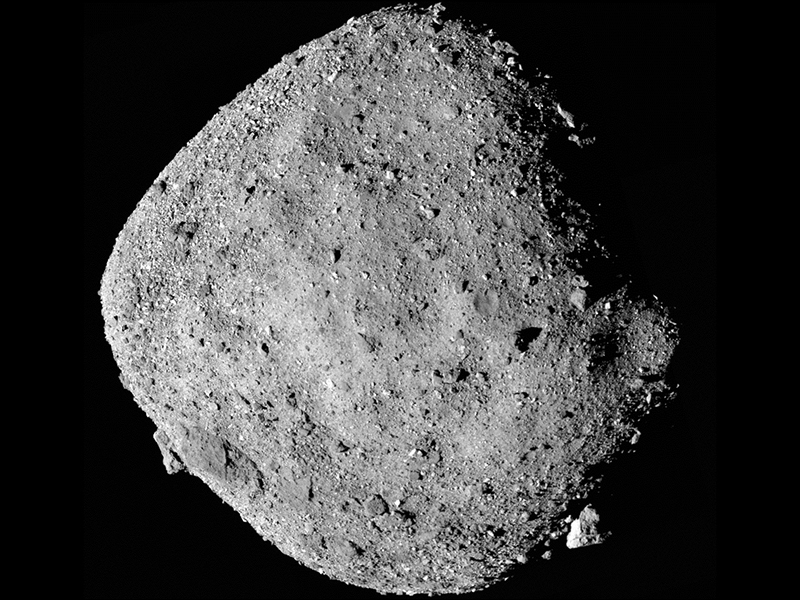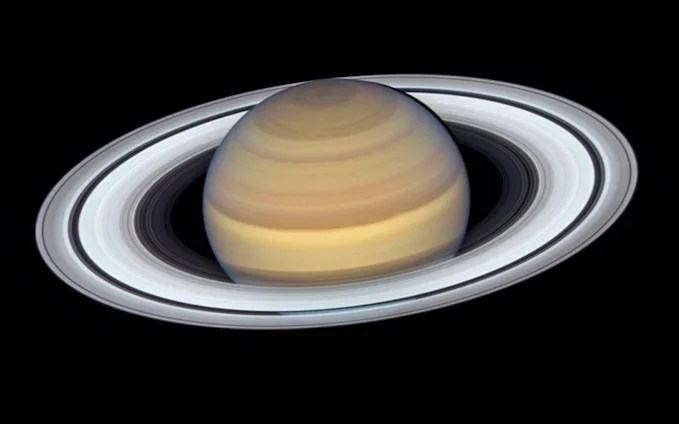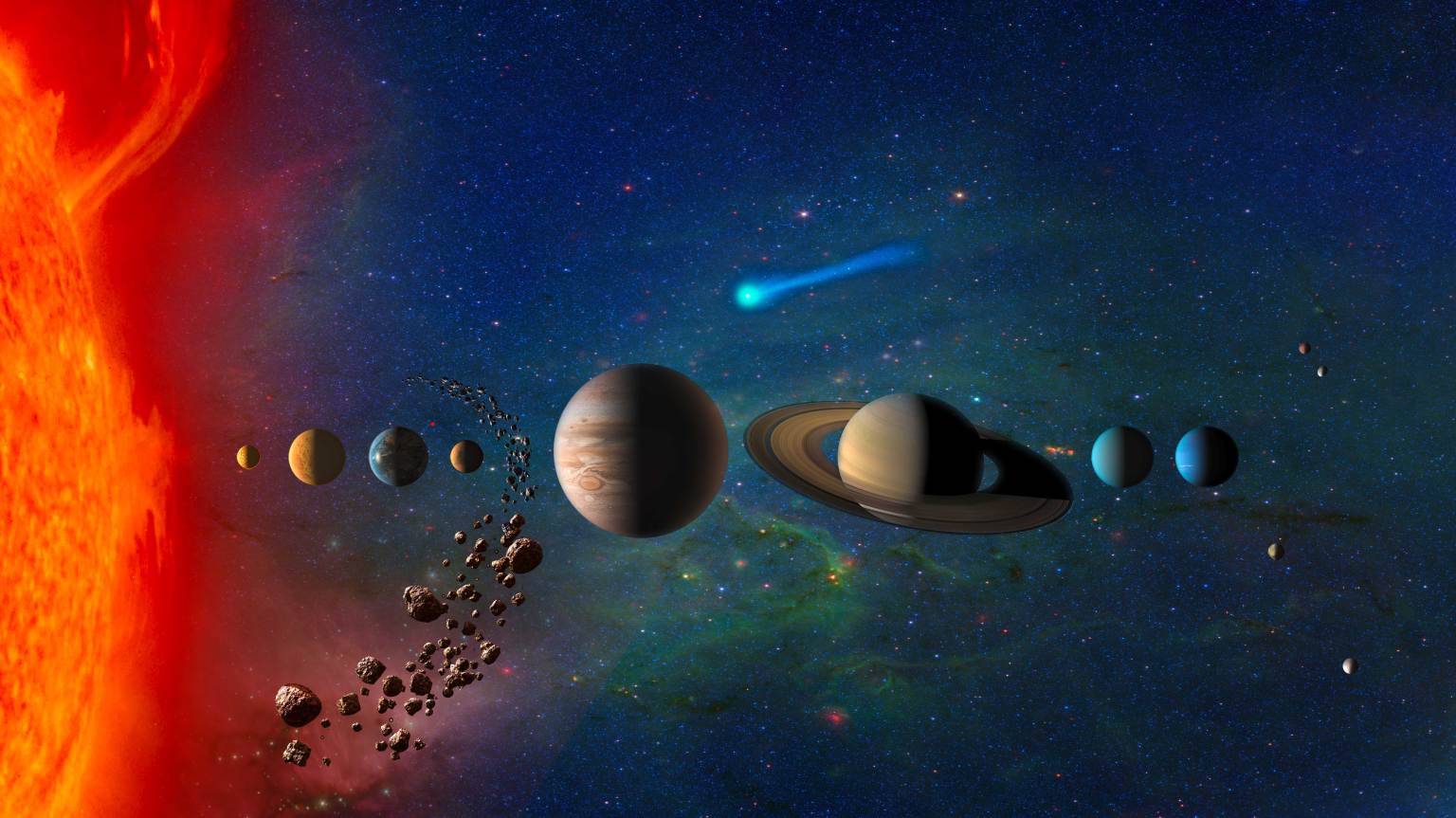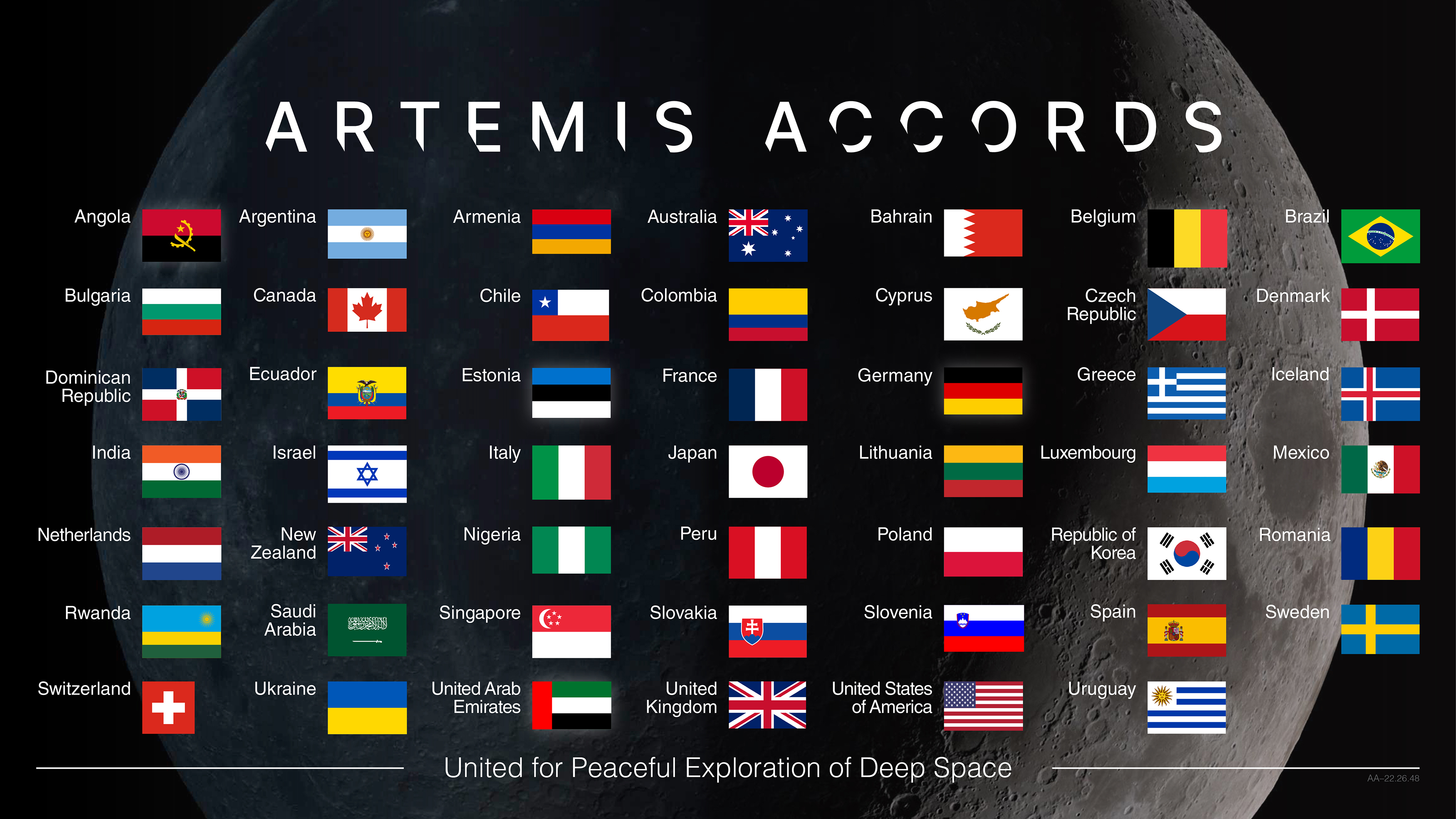NASA Awards Grants for Lunar Instrumentation
NASA has awarded five scientists and engineers Development and Advancement of Lunar Instrumentation (DALI) grants to support the development of instruments for potential use in future lunar missions, including the agency’s Commercial Lunar Payload Services and Artemis campaign. The awardees were recognized during NASA’s Technology Development Plan plenary session at the 55th Lunar and Planetary Science Conference (LPSC) March 13, in The Woodlands, […]

5 min read
NASA Awards Grants for Lunar Instrumentation
NASA has awarded five scientists and engineers Development and Advancement of Lunar Instrumentation (DALI) grants to support the development of instruments for potential use in future lunar missions, including the agency’s Commercial Lunar Payload Services and Artemis campaign.
The awardees were recognized during NASA’s Technology Development Plan plenary session at the 55th Lunar and Planetary Science Conference (LPSC) March 13, in The Woodlands, Texas.
“Supporting innovation and research in science and technology is a central part of NASA’s overall mission,” said Joel Kearns, deputy associate administrator for exploration in NASA’s Science Mission Directorate in Washington. “These tools must demonstrate new technologies that significantly improve instrument measurement capabilities for addressing high-priority lunar science questions.”
The goal of DALI is to develop and demonstrate instruments that show promise for use in future NASA flight opportunities. In addition, the instruments are intended to be ready for flight hardware build after the three-year project duration. Each of the selected scientists is granted approximately $1 million per year to develop their instrument.
The grantees are based at institutions across the country:

DALI grantees: Stuart George, Jason Kriesel, David Stillman, Jeffrey Gillis-Davis, Hao Cao
Stuart George, NASA’s Johnson Space Center in Houston
In this project, Dr. George will develop the Compact Electron Proton Spectrometer (CEPS), a miniaturized space weather and radiation measurement instrument. CEPS will provide long-term, science-quality space environment monitoring specifically targeted at real time forecasting of solar energetic particle events on the lunar surface, as well as radiation monitoring data for crew health and protection. A particular focus of the CEPS instrument is saturation-free measurement of the largest and most extreme solar particle events and high quality discrimination of proton and electron signals.
Jason Kriesel, Opto- Knowledge Systems, Inc (OKSI) in Torrance, California
Jason Kriesel, of OKSI, is teaming with Honeybee Robotics and NASA’s Goddard Space Flight Center in Greenbelt, Maryland, to produce a prototype instrument to measure lunar water and other volatiles on the Moon. The instrument will be designed to help answer important specific questions related to the origin, history, and future of water on the Moon, as well as help better understand planetary processes in general. The project will push forward a novel measurement approach using a hollow fiber optic gas cell, called a capillary absorption spectrometer (CAS). The CAS will be paired with a sample handling system optimized for analysis on the Moon. The resulting Lunar CAS (LuCAS) prototype will prove the technology on Earth, paving the way for its use on the Moon.
David Stillman, Southwest Research Institute (SwRI) in Boulder, Colorado
The focus of Dr. Stillman’s project is the Synthetic Pulse Artemis Radar for Crustal Imaging (SPARCI; pronounced “sparky”), a novel ground penetrating radar (GPR). SPARCI uses two stationary transmitting antennas and a mobile receiver. This geometry was pioneered by the Apollo 17 Surface Electrical Properties (SEP) experiment. As a robotic or crewed rover traverses away from the transmitter, images of subsurface interfaces or discontinuities are built up. SPARCI uses a much wider bandwidth than the SEP, enabling both deeper and higher-resolution imaging, and its coded signals provide higher signal-to-noise. SPARCI will determine the thickness and density of the regolith (~10 meters), the structure of the upper megaregolith (100s m to kms), and the depth to the lower megaregolith (several km). SPARCI is therefore designed to advance our understanding of impact processes and crustal stratigraphy at the Artemis landing site(s), and eventually elsewhere on the Moon or other planets.
Jeffrey Gillis-Davis, Washington University in St. Louis, Missouri
Dr. Gillis-Davis will lead the effort to develop an instrument to measure the chemistry of lunar materials using Laser-Induced Breakdown Spectroscopy (LIBS). Compositional information acquired by LIBS will help identify major lunar rock types as well as determine major element ice compositions, which relate to volatile sources. Knowledge about the chemical composition of these materials is of fundamental importance in lunar science. For instance, determining the proportions of different lunar rock types at exploration sites satisfies key goals of NASA and the lunar community. Further, measurements by this instrument are essential for figuring out how much water or other resources are present in a particular location on the Moon and could provide a necessary step toward better understanding water delivery to the Earth-Moon system. This LIBS system would incorporate cutting-edge technologies while reducing size, weight, and power relative to other LIBS systems.
Hao Cao, University of California, Los Angeles
In this project, Dr. Cao and team will be developing a miniaturized, low-power, ultra-stable fluxgate magnetometer system for prolonged, uninterrupted operation on the lunar surface. The system incorporates a low-power, magnetically-clean thermal solution to achieve a temperature stability of 0.2 degrees Celsius at two distinct set-point temperatures, one for the lunar day and the other for the lunar night, to minimize fluxgate sensor offset drifts. This instrument will facilitate high-precision monitoring of the lunar magnetic fields across different timescales, enabling survey of the lunar surface magnetic environment and low-frequency electromagnetic sounding of the lunar deep interior. These measurements will provide invaluable insights into the bulk water content of the lunar mantle, characteristics of the partial melt layer above the lunar core, and the physical properties of the iron core of the Moon; thus, placing critical constraints on the formation and evolution of the Earth-Moon system.
The deadline for NASA’s DALI24 Step-1 submissions is April 12, 2024.
DALI is part of NASA’s Lunar Discovery and Exploration Program (LDEP), which is managed by Science Mission Directorate’s Exploration Science Strategy and Integration Office (ESSIO). ESSIO ensures science is infused into all aspects of lunar exploration and leads lunar science integration within the Science Mission Directorate, with other NASA mission directorates, other government agencies, international partners, and commercial communities.
For more information about NASA’s Exploration Science Strategy Integration Office (ESSIO), visit:
What's Your Reaction?



















.jpg?#)























